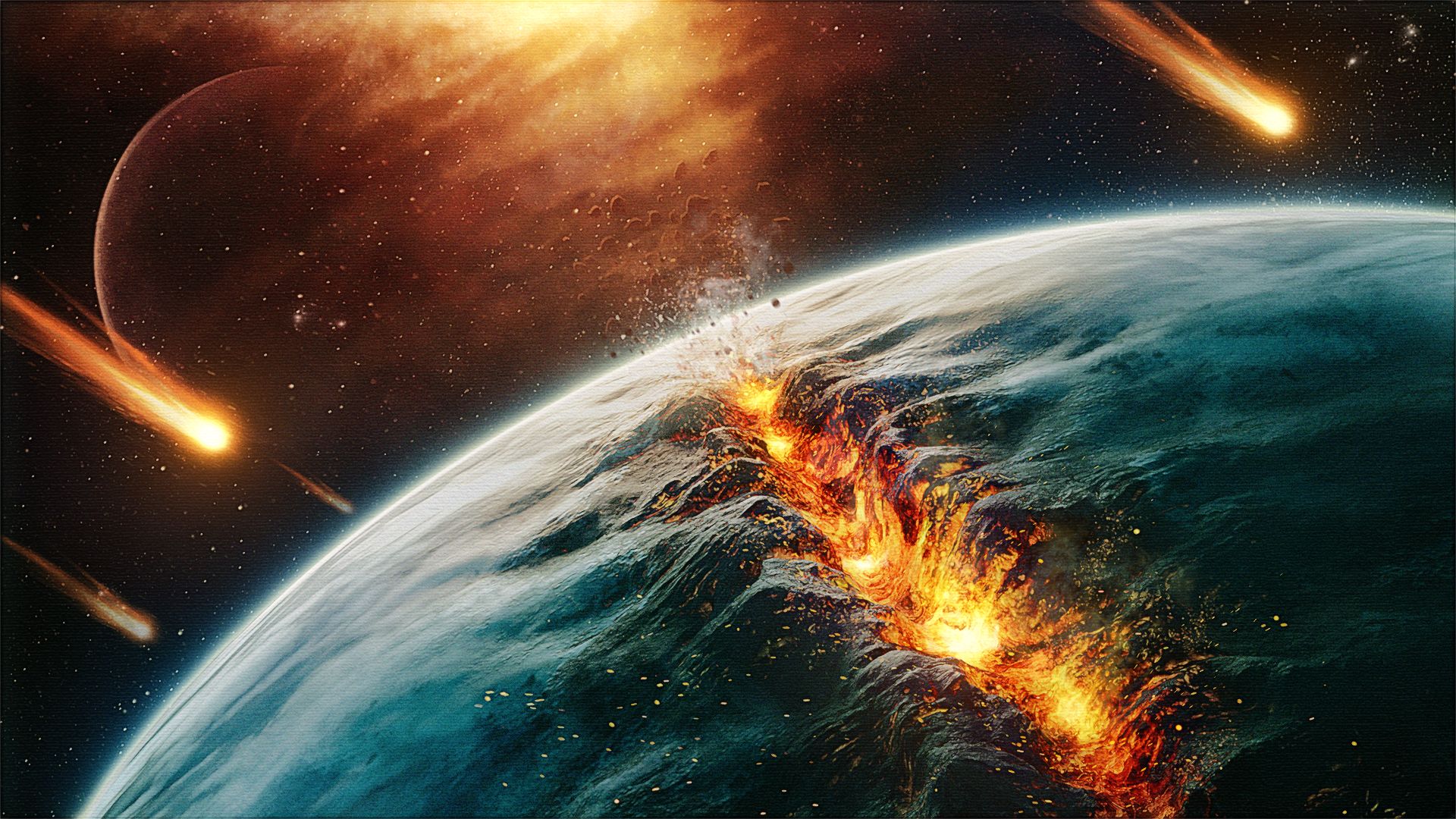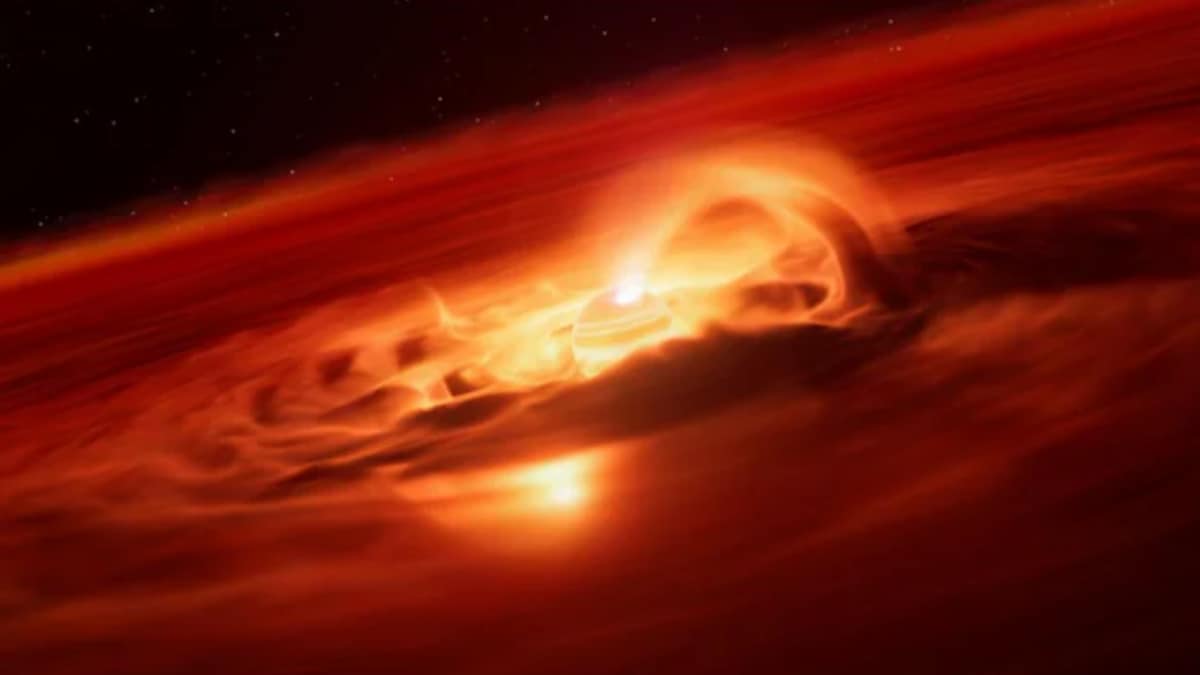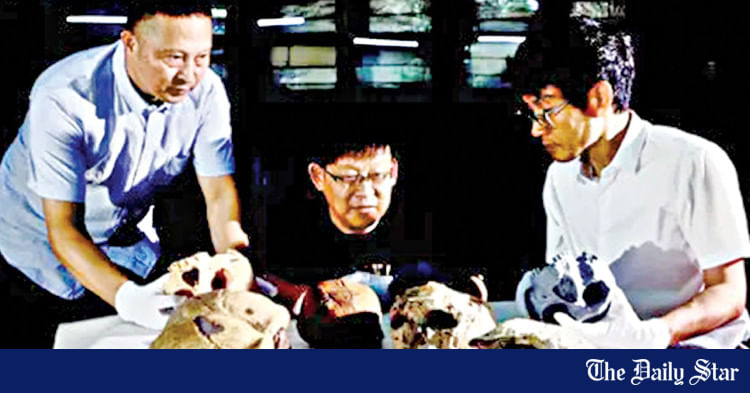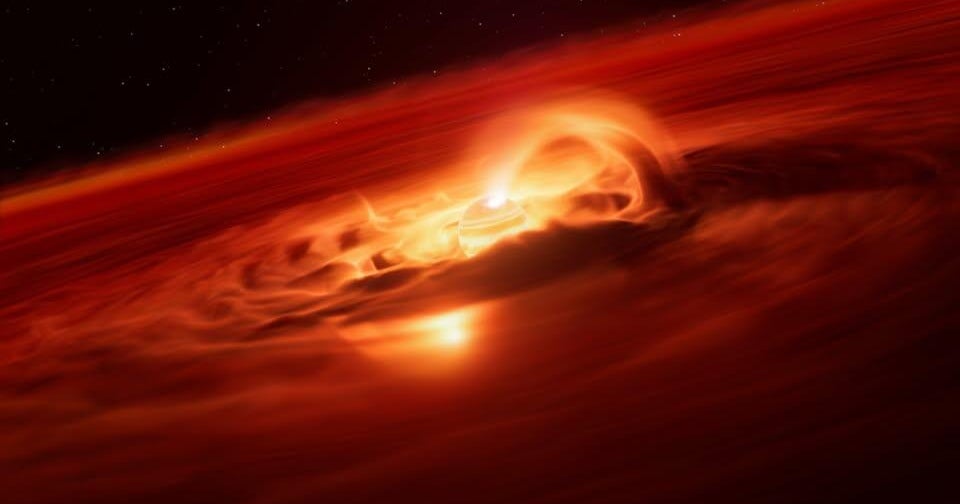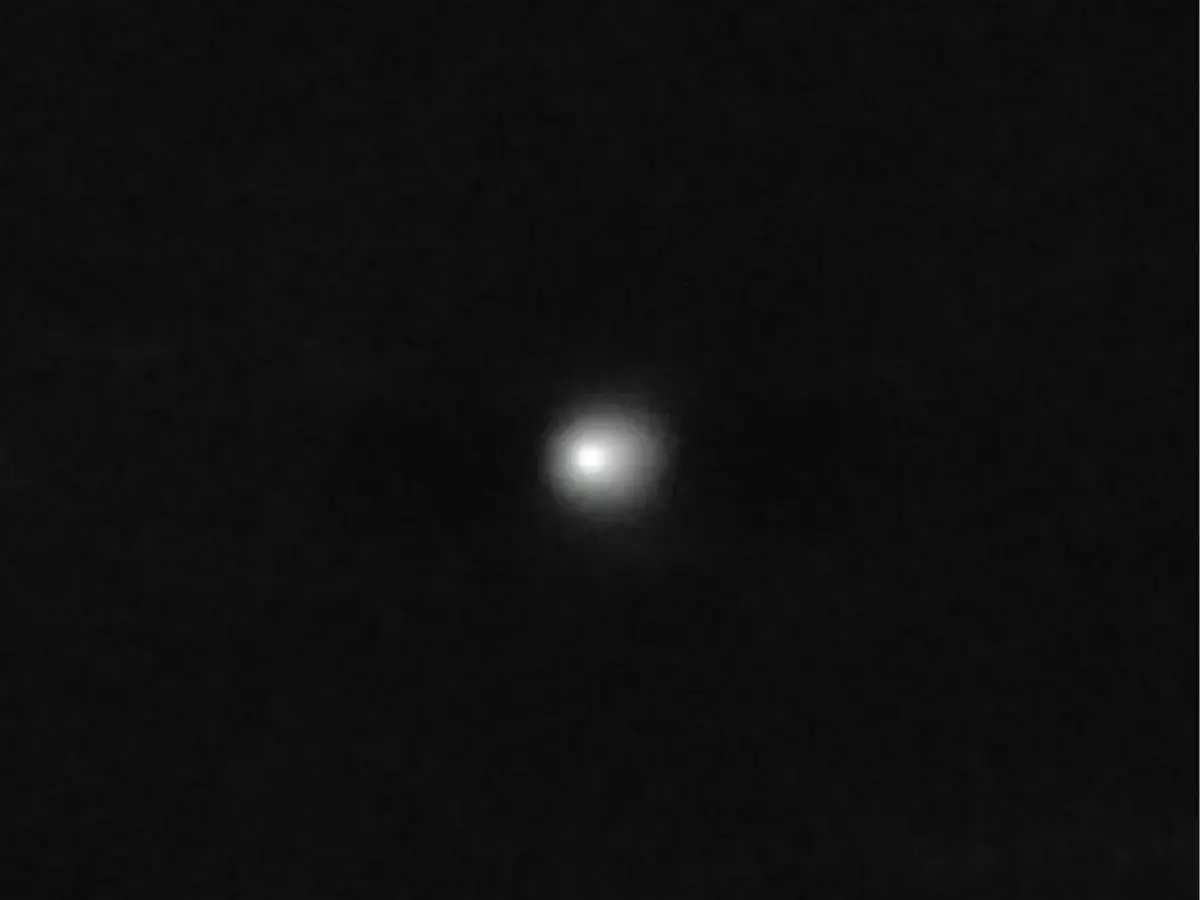Astronomers Reveal Breathtaking Image of a Black Hole's Jet—An Unbelievable Cosmic Spectacle!
Imagine peering into the vast reaches of space and witnessing a cosmic marvel: the most stunning image ever captured of a jet erupting from a supermassive black hole. And it’s not just any black hole, but the infamous M87, located a staggering 55 million light-years away!
Led by the brilliant astronomer Jan Röder from the Institute of Astrophysics in Andalusia, a team of researchers has harnessed the incredible power of the NASA/ESA/CSA James Webb Space Telescope (JWST) to unveil the breathtaking jet of particles expelled from M87’s supermassive black hole. Thanks to this remarkable $10 billion space telescope, they employed the Near Infrared Camera (NIRCam) to analyze the jet across four distinct bands of light. The meticulous effort to eliminate starlight, cosmic dust, and background galaxies resulted in an astonishingly clear image of this black hole-powered jet.
Messier 87, or M87, is not just another galaxy; it’s one of the largest and most massive in our local Universe. It’s a favorite among astronomers and astrophysicists, not least because M87*—the supermassive black hole at its core—was the first black hole ever photographed back in 2019. Yet despite all the attention and ongoing studies, M87* remains shrouded in mystery, with far more questions than answers. How does its jet function? What fuels it? How do its extraordinary characteristics relate to our understanding of physics?
With the new images provided by JWST, we inch closer to unraveling these cosmic conundrums. The jet itself stretches thousands of light-years and dazzles the eye with its vibrant pink hue, described by Space as appearing like a radiant ribbon. The brightest sections of this “ribbon” are where particles speed along at near-light speeds—scientists describe this as “mildly superluminal speeds.”
In their latest research, published in Astronomy & Astrophysics, the team detailed how they captured this final RGB image using specific observations at wavelengths of 0.90, 1.50, 2.77, and 3.56 μm. This meticulous approach highlights the incredible capabilities of NIRCam and the unique scientific objectives it fulfills.
The work of Röder and his team not only enriches our understanding of M87* but also emphasizes the groundbreaking potential of JWST in astrophysics. Every image they capture brings us one step closer to answering the universe’s most profound questions.











